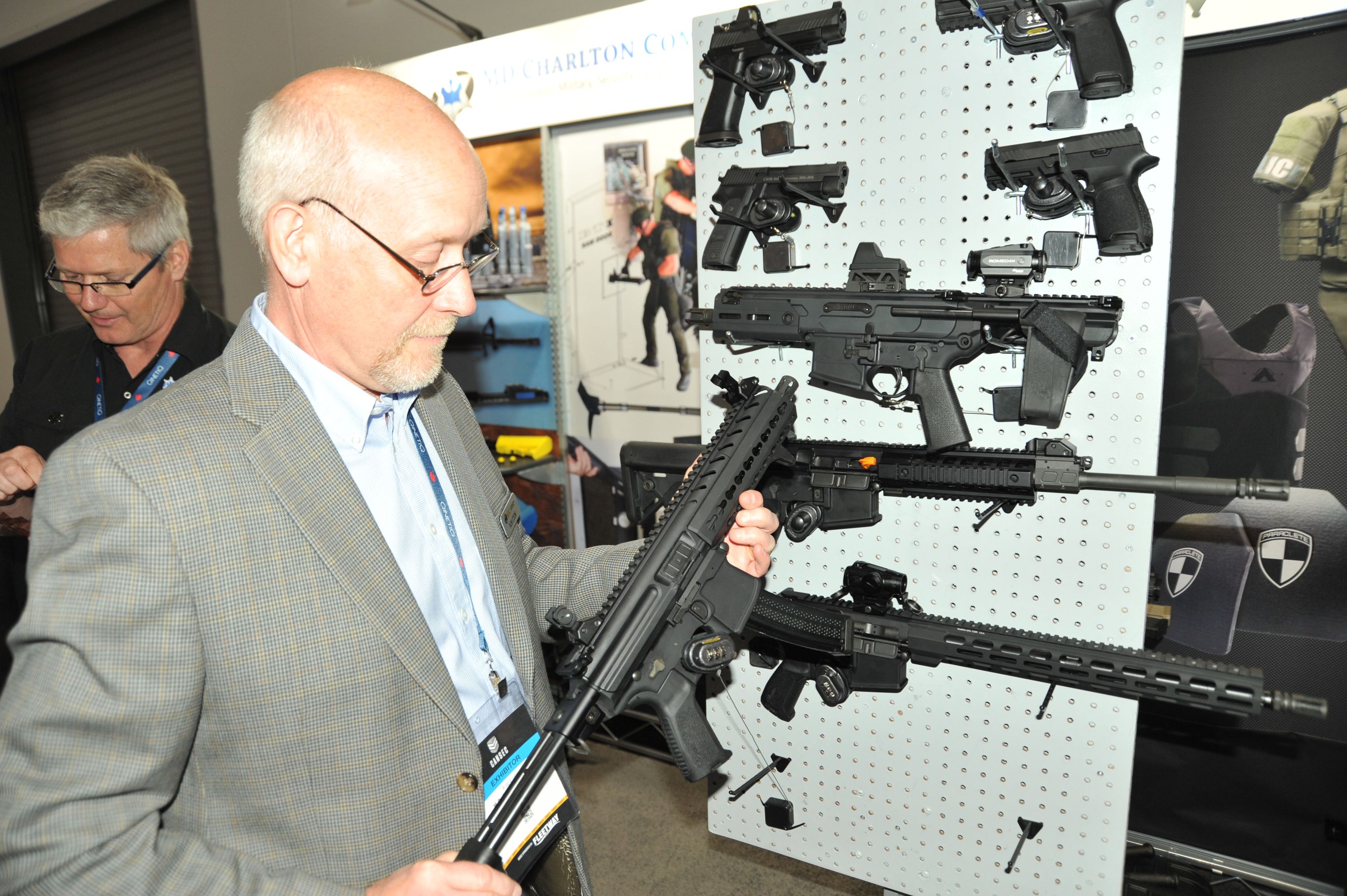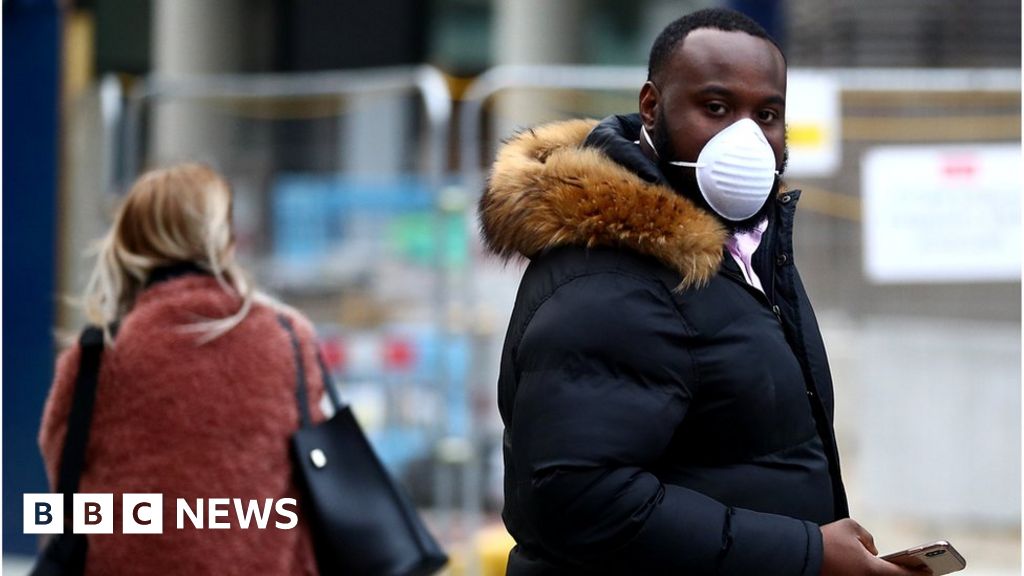I have no idea if that report is real or not... but if it is a bit disturbing and if the US are importing them hopefully they check them over...
Guanxi a word that all who deal with China must learn. This news report illustrates a common mistake made by desperate or inexperienced procurement staff in Netherlands, when working with a new supplier (without a good track record or access to a trusted network).
1. Procuring from China has pitfalls and when the Chinese embassy, Huawei, or a reputable person (like Jack Ma), gives a donation of PPE, they would have screened out the unsuitable and unethical partners to ensure that quality standards are met. Sourcing from China requires experience and access to trusted networks that outsiders often do not have. It is a buyer beware country — that is why it is not simple to suddenly scale up when demand rises 100 to 200 fold.
2. This is also why Trump’s son-in-law,
Jared Kushner has to lay the ground-work for the donation of PPE to New York (under Project Airbridge, from China). Likewise smart procurement departments (like Singapore hospitals, who have their procurement network or Guanxi) that source from China, seek to establish long term and win-win relationships with their suppliers, where both parties understand Chinese, to enable the verification of scanned local Chinese documentation via email. This currency of mutual trust between buyer and seller is worth its weight in gold during a time of crisis.
3. A month before the crisis broke, Singapore Inc quietly stepped-up procurement, globally, for a wide range of products based on a table of essentials.
4. Spain and Philippines have reports of buying test kits that don’t work. But if you dig deeper, the Chinese embassy in Spain tweeted that Shenzen Bioeasy is not licensed to sell the product and is not included on a list of “recommended suppliers,” which its ministry of commerce offered the Spanish government. Despite the Chinese embassy’s clarification, China should take some of the blame, especially China's National Medical Products Administration (for its failure to regulate).
5. Spain’s health ministry said Shenzen Bioeasy products have been approved by European Union quality control agencies and that the “specifications of this test, at least of the lot that was received, do not correspond with EU quality certifications.”
6. The so called Philippines test kit scandal is even more inexcusable and I am even less sure of what is going on there. Given that the Korean (25,000 COVID-19 test kits) and Singaporean (43,000 COVID-19 test kits) donations — all the Pinoys had to do was place an order from these accredited companies (by Korea or Singapore). The issue may not be corruption or wrong doing in China but it more likely that corrupt Pinoys trying to make a fast buck by buying from non-accredited suppliers.
7. Moral of the story, smart buyers will learn to work with the local Chinese embassy (by choosing from their recommended list of test kit suppliers) instead of blaming them. Alternatively, order COVID-19 test kits from Korea or Singapore that make them.
8. IMHO, sometimes, it is not about accuracy of the test kit. How we swab, how we transport, how we process, can make a difference. Assuming all of that is done properly, not all patients will test positive (even when they have fever). At certain stages of the infection, the virus may be too few to be detected. In some patients, they may get virus from a deep nasal swab, while others from a throat swab. In some patients, they reportedly shed loads of virus when they have mild or no symptoms. In other cases, it is reportedly the reverse.
9. In addition, Temasek Foundation, Singapore has offered to provide 5,000 COVID-19 test kits (Fortitude Kit 2.0) to the Sri Lanka Ministry of Health. The donation was handed over by Benedict Cheong, Chief Executive of Temasek Foundation International to High Commissioner Sashikala Premawardhane on 20th March 2020 at the High Commission premises.




